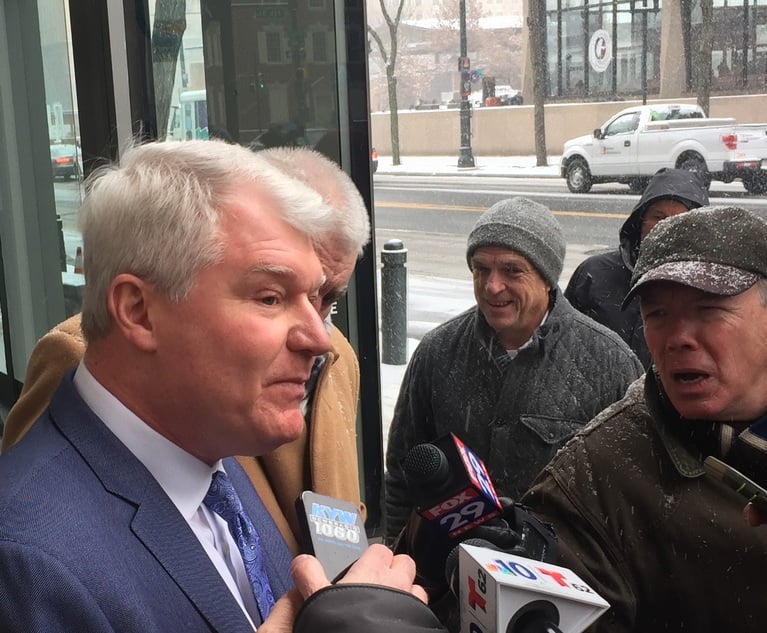Last January, the U.S. Environmental Protection Agency (EPA) issued a memorandum withdrawing the “once in always in” (OIAI) policy that had provided interpretation of the Clean Air Act since 1995. Under the Clean Air Act, the regulations air pollution sources must comply with and depend on whether the source counts as “major” or “nonmajor:” the OIAI policy dictated that once a source qualified as major, subsequent changes in its emission levels would not enable the source to downgrade to nonmajor. In making its decision to withdraw the policy, the EPA found that imposing a permanent categorization on emitting sources was contrary to the plain language of the Clean Air Act. In part, the statute requires the EPA to consider emissions controls a facility employs in classifying it as major or nonmajor. A logical interpretation of this requirement allows for downgrading of a major source following its implementation of controls that lower its emissions to below the qualifying threshold. The EPA relatedly found that permanently categorizing facilities as major sources disincentivized their implementing voluntary improvements or achieving greater efficiencies. Rescinding the OIAI policy, the EPA determined, could remove this barrier and lead to increased voluntary technological or operational improvements at facilities.
The EPA did receive pushback on this rescission. In a letter to then-administrator Scott Pruitt, a group of senators expressed concern that the expectations of voluntary improvement were too optimistic. Allowing former major sources to downgrade their categorization would subject them to lower emission limits for certain pollutants, and would eliminate limits for certain others. The net effect of the withdrawal of OIAI on emissions will depend, it seems, on whether voluntary improvements facilities undertake to achieve a downgraded status will offset the reduction in mandatory controls those facilities might make once that status is achieved. In urging Pruitt to reinstate—at least temporarily—the OIAI policy, the dissenting senators claimed that this calculus had not been, and needed to be, fully considered.


 Kathleen Kline of Greenberg Traurig
Kathleen Kline of Greenberg Traurig




